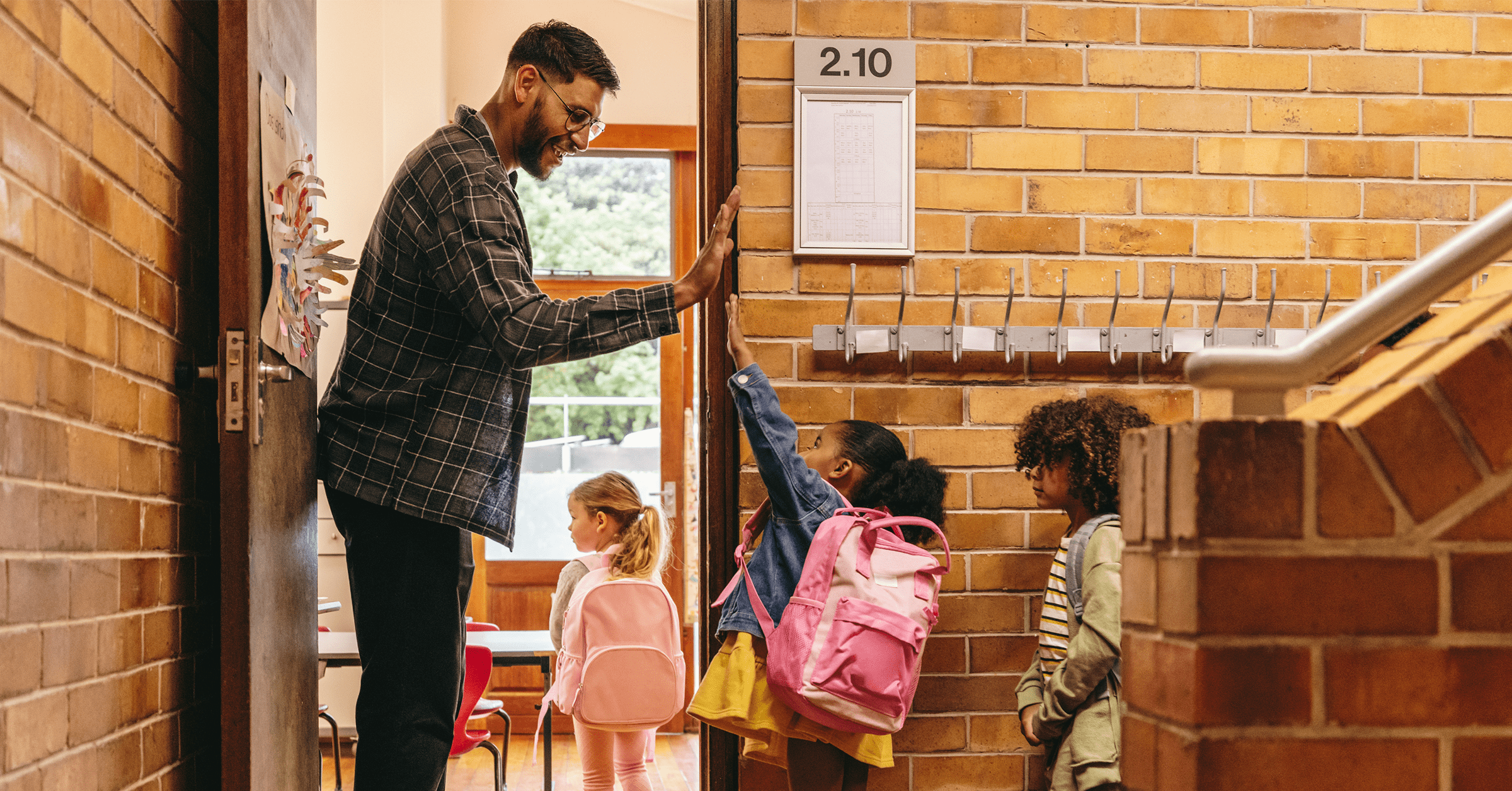Second Step® Insights
Investing in Attendance: How Second Step® Programs Could Save California Schools Millions
October 22, 2025 | By: Jordan Posamentier and Alyssa Morrison

California schools are losing millions each year to chronic absenteeism. But what if a tried-and-true curriculum for students could reverse that trend while also transforming outcomes? Second Step® Middle School, an innovative and evidence-backed human skills program, has shown it can reduce absences by just a few days per student—enough to save districts hundreds of dollars per student annually. That’s not just good for kids; it’s smart economics.
Chronic absenteeism is one of the most persistent and costly challenges facing California’s public schools. With students missing an average of 13.1 days per year, the financial toll on districts is staggering. But what if a relatively low-cost intervention could significantly reduce absences—and save schools money in the process?
Enter the evidence-based and research-backed Second Step family of programs, designed to improve student behavior, engagement, and school climate. While its benefits are often framed in terms of student well-being, Second Step programs may also offer a compelling return on investment (ROI) for school districts.
Let’s break down the numbers
California spends approximately $18,798 per student per year, which translates to about $104.43 per instructional day (based on 180 school days). With the average student missing 13.1 days annually, that’s a minimum cost of $1,368.07 per student per year due to absences—without even accounting for the additional resources needed to help students catch up on missed instruction.
Now consider this: if implementing Second Step programs with fidelity (completing 60% or more of lessons) could reduce absences by just 2.5 days per student, the average number of missed days would drop to 10.6. That would bring the cost of absences down to $1,106.95 per student—a savings of over $260 per student.
This is entirely plausible, based on a recent independent study by WestEd that validated the positive effects of Second Step Middle School on academic performance, behavior, and student well-being in a sample of over 4,900 middle school students.
And the cost of implementing Second Step programs? Roughly $7 per student, based on average pricing for single-site, single-year purchases. That means districts could potentially recoup over $250 per student in lost instructional value—an ROI that’s hard to ignore.
Of course, this is a rough estimate. A more comprehensive analysis would include training, implementation support, and the broader benefits of improved school climate and academic outcomes. Still, even with conservative assumptions, the data suggest that human skills curricula like Second Step programs deliver measurable improvements in attendance, engagement, and behavior—making them a smart investment for both student success and district budgets. When students feel safe, supported, and connected, they show up and participate, leading to stronger academic outcomes and more resilient learning communities. That’s the kind of innovation California schools need now more than ever.
Award-winning Second Step® programs
The Second Step K–8 digital programs’ recent recognition by the Tech & Learning Awards of Excellence highlights their versatility, impact, and innovation. With new tiered interventions designed to support students across universal, targeted, and intensive levels, Second Step programs are helping districts meet diverse needs while delivering measurable outcomes. It’s not just a curriculum—it’s a strategic solution for California schools.
Reach out to the Education Partnerships Team to discover how Second Step K–12 programs could impact your district.